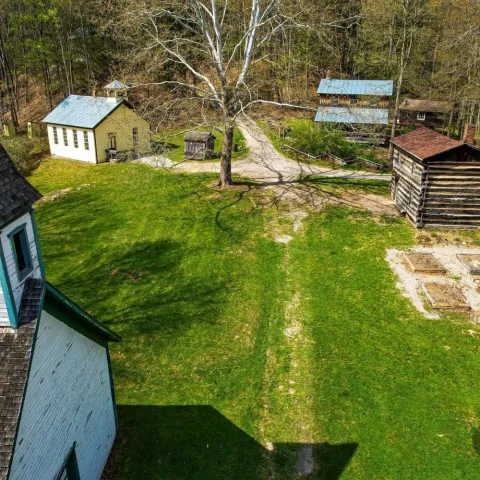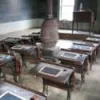Avella
Isaac Manchester, en route to Kentucky from his native Newport, Rhode Island, in 1796, found the lands in the Avella region so attractive that he returned to Newport and brought his family to settle here. He purchased a 380-acre tract of land called "Plenty" from Samuel Teeter.
Teeter came to the Avella region shortly after 1773 and took up land surveyed for him on May 1, 1780. It was patented in 1785. He built Teeter's Fort, consisting of his two-story log dwelling and another structure, presumably a blockhouse, surrounded by a stockade.
There is no record of this fort ever being attacked by Indians. However, it is said that it was less defensible than the nearby Doddridge Fort, and so it was abandoned during the Indian uprising of 1782.
Avella became a popular destination after the discovery of the Rockshelter archeological site by a farmer named Albert Miller near the Bancroft farm. The small town of Avella is recognized worldwide for its archaeological significance.Bancroft Farm is located near the town of Avella, close to the West Virginia border. This region is significant for both coal mining and farming. The land is very hilly, so people use the valleys along creeks for making roads and for railroads.
Cross Creek, a tributary of the Ohio River, is the biggest creek in the area. It flows through Avella and past the southern boundary, or limit, of Bancroft Farm. The Meadowcroft Rockshelter is located where the boundary of the Bancroft farm meets Cross Creek. From there, it is about 7 miles downstream to the Ohio River.

